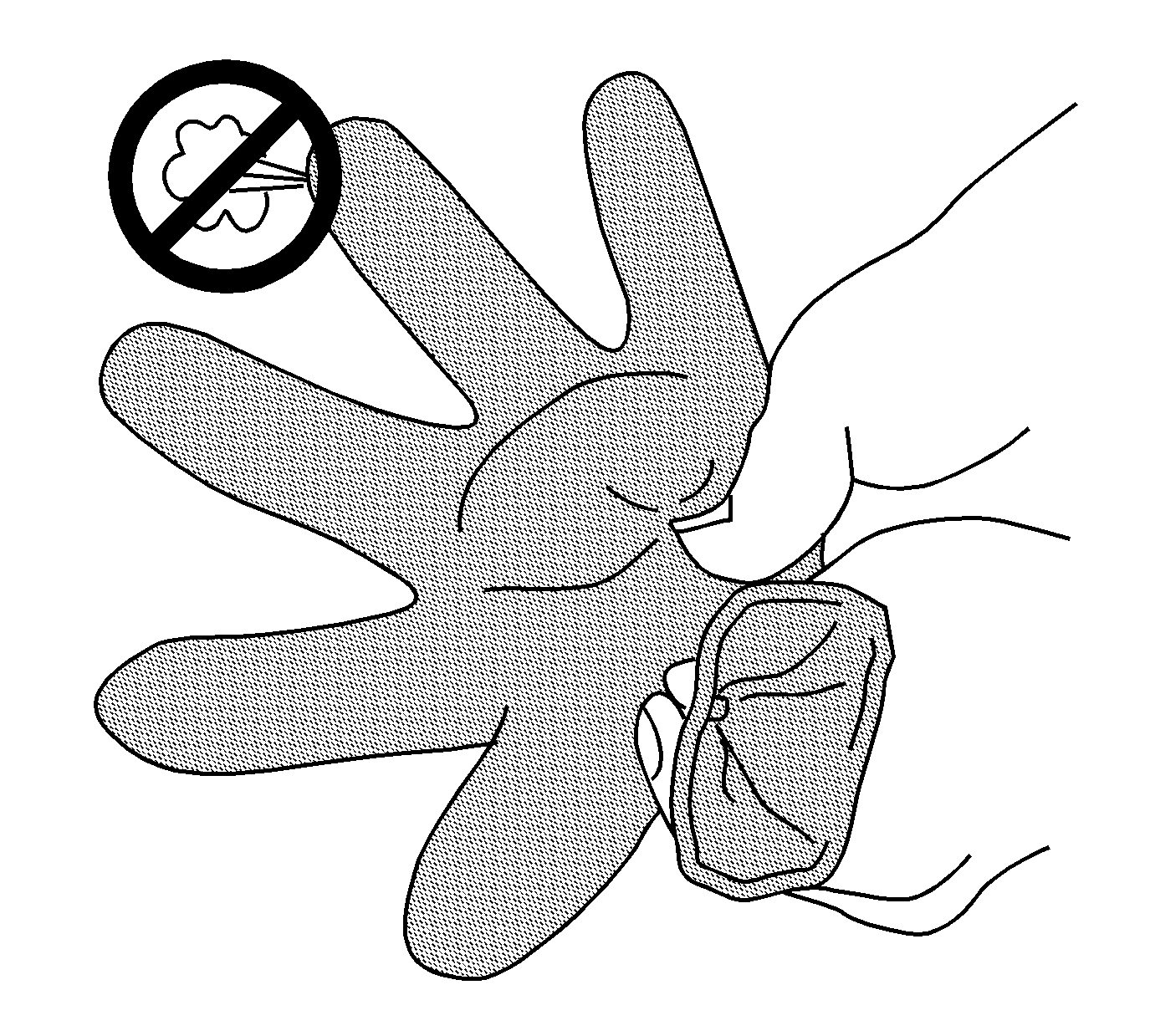Danger: Always perform the High Voltage Disabling procedure prior to servicing any High
Voltage component or connection. Personal Protection Equipment (PPE) and proper procedures must be followed.
The High Voltage Disabling procedure will perform the following tasks:
| • | Identify how to disable high voltage. |
| • | Identify how to test for the presence of high voltage. |
| • | Identify condition under which high voltage is always present and personal protection equipment (PPE) and proper procedures must be followed. |
Failure to follow the procedures exactly as written may result in serious injury or death.
Danger: Ensure all High Voltage safety procedures are followed. Failure to follow the procedure exactly as written may result in serious injury or death.
Danger: Before working on any high voltage system, be sure to wear the following Personal Protection Equipment:
| • | Safety glasses with appropriate side shields when within 50 feet of the vehicle, either indoors or outdoors |
| • | Certified and up-to-date Class "0" Insulation gloves rated at 1000V with leather protectors |
| - | Visually and functionally inspect the gloves before use. |
| - | Wear the Insulation gloves at all times when working with the high voltage battery assembly, whether the system is energized or not. |
Danger: This vehicle is equipped with a high voltage battery that is completely isolated from the chassis ground. Never utilize AC powered test equipment to probe the high voltage system. Serious injury,
death and component damage could occur if the high voltage system is grounded through the electric utility.
Failure to follow the procedure exactly as written may result in serious injury or death.
Special Tools
Precautions when Performing Service or Inspections
| • | Always verify that the high voltage has been disabled before working on or around high voltage components, wires, cables, or harnesses. |
| • | Remove all metal objects such as rings and watches. |
| • | The
EL-48900
HEV Safety Kit contains safety cones. Place the safety cones around the vehicle to alert other technicians that you are working on the High Voltage system. |
| • | Attach the ignition key to the high voltage manual disconnect lever and put the lever and the ignition key in a secure place. |
| • | Always wear certified and tested high voltage insulation gloves when inspecting or testing any high voltage wires and components. |
| • | Use the "One Hand" rule: |
| ⇒ | Work with only one hand whenever possible. |
| ⇒ | Keep the other hand behind your back. |
| • | DO NOT carry any metal objects such as a mechanical pencil or a measuring tape that could fall and cause a short circuit. |
| • | After removing any high voltage wires, protect and insulate the terminal ends immediately with the
EL-48569
terminal covers and UL® Listed or equivalent insulation tape rated at a minimum
of 600 volts. |
| • | Always tighten the high voltage terminal fasteners to the specified torque. Insufficient or excessive torque will cause malfunctions or damage. |
| • | After finishing work on the high voltage systems and before reinstalling the high voltage manual disconnect lever, inspect for the following: |
| ⇒ | Verify high voltage system integrity and that all connectors are installed. |
| ⇒ | Verify that all tools or loose components have been removed. |
Labels for Components, Wire Harness, and Connectors

The wire harnesses and cables for high voltage circuits are encased in an orange colored covering. In addition, high voltage components such as the Energy Storage System and high voltage cables are affixed with "High Voltage" red danger (1)
and orange warning (2) labels. The intermediate 42 volt system is encased in a blue colored covering, and has yellow caution (3) labels on the components, wire harnesses, and cables.
High Voltage insulation Glove Inspection Procedure

The following procedure visually and functionally inspects the insulation gloves to be used while performing service on high voltage systems. This inspection procedure should be performed prior to any procedure that requires the use of class "0"
insulation gloves rated at 1000 volts.
- Remove glove from leather protector.
- Inflate glove and seal opening. Pinch the opening closed tightly to prevent any air loss.
- Press glove to increase pressure.
- Inspect for the following conditions:
| • | wear, tears, or abrasions |
| ⇒ | If any of the above conditions are met, do not use the gloves. |


